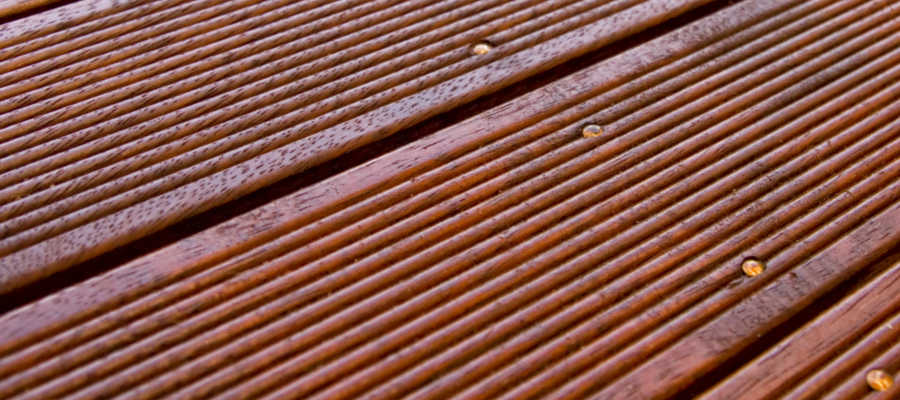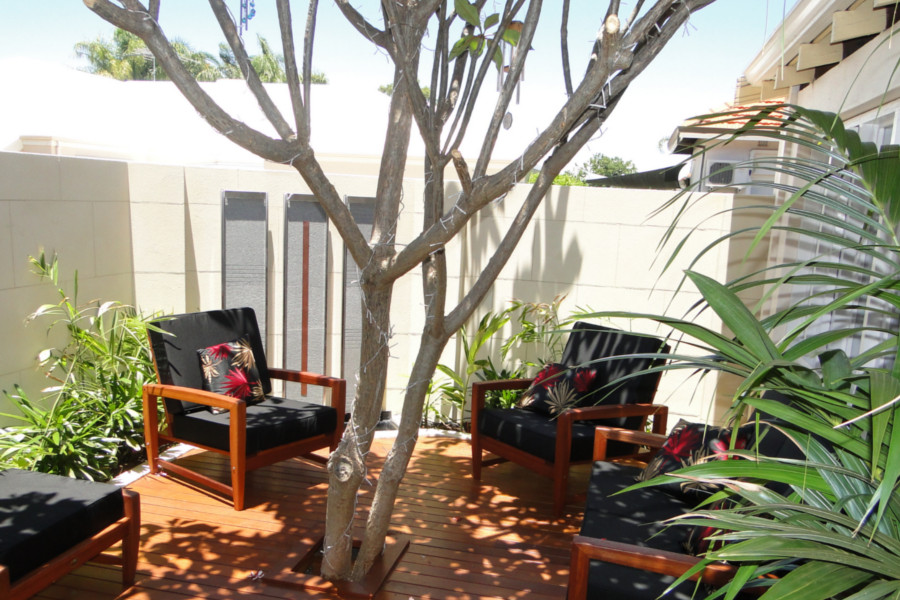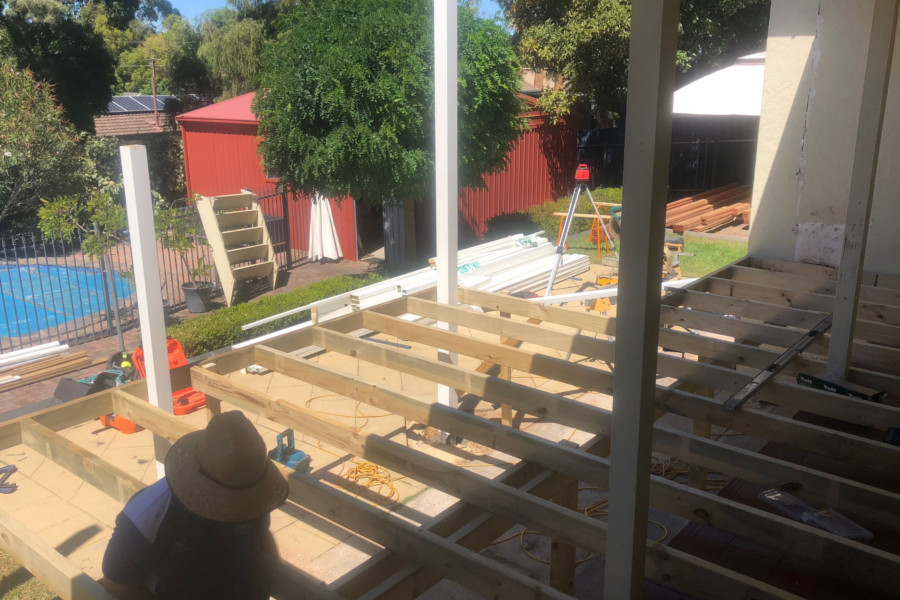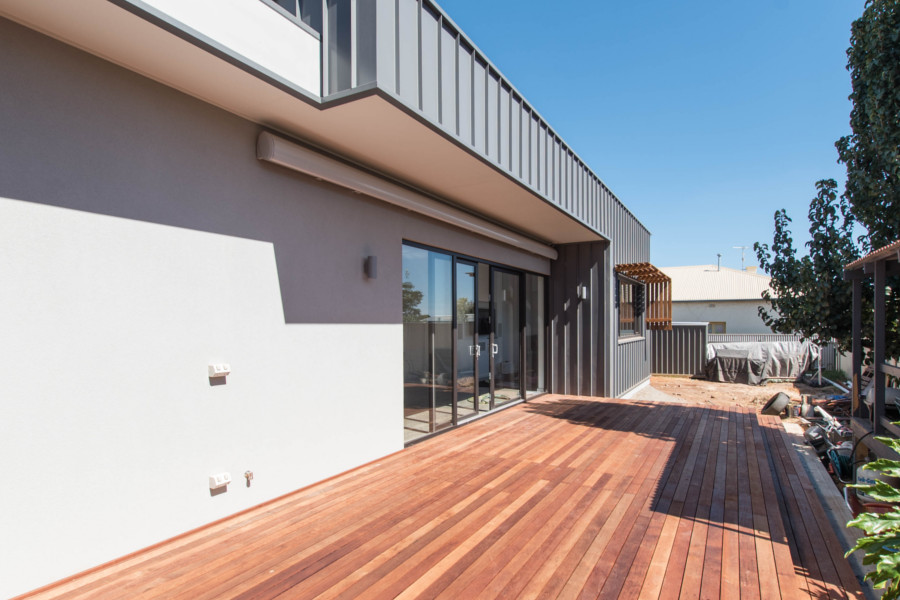
There are debates that just won’t end. Chicken versus egg, for example. Or the now-trending Superman versus Batman question. And how about nature versus nurture? Or creation versus evolution? In deck construction there is one question that is sure to ignite passionate argument: Should decking ridges face up or down?
Into the Groove
Decking timber usually have ridges that run along the length of the board. Also called “grooves” or “reeds”, these ridges on the board may face up to provide functionality and aesthetics. Or they may be installed facing down, the orientation recommended by manufacturers as the correct way to install them.
Up and Away
The reeded side of the timber boards make for interesting patterns that look sleek and pleasing, thus begging the builders to install them face up. Like racing stripes that run across the side of a sports car, the timber ridges impart a sleek and sexy look that evokes energy and balance.
But wait… there’s more! People also lay the decking timber ridge side up because they think that the ridges help increase traction and make the deck less slippery. And there are those who appreciate the feel of the textured surface on their bare feet, and harp on the therapeutic effects this provides, as well.
Down and Dirty
However, every decking timber manufacturer will tell you: the proper way to install a board is ridge side down. The ridges, they say, were designed to let air circulate underneath the boards. This, according to them, prevents the buildup of moisture and, consequently, of mould. The ridges are not there to keep you from slipping and sliding around your deck. Nor are they intended to make your deck look nice. They are there as a structural feature to improve its longevity.
Besides, they point out, with the ridges facing up, the boards tend to collect moisture between the grooves; a situation that can spiral dangerously downward when mould start to multiply or when the timber starts to rot.
The Verdict
By all means… install the decking timber with the grooves facing down. It’s the proper thing to do. Your deck will probably last longer and spare you from the expense and effort of cleanups and repairs.
But if you prefer it because it looks better, and if you think it will keep you from accidental slips and if you enjoy walking around barefoot and you are prepared to mitigate against rot and mould — install with the ridges facing up.



